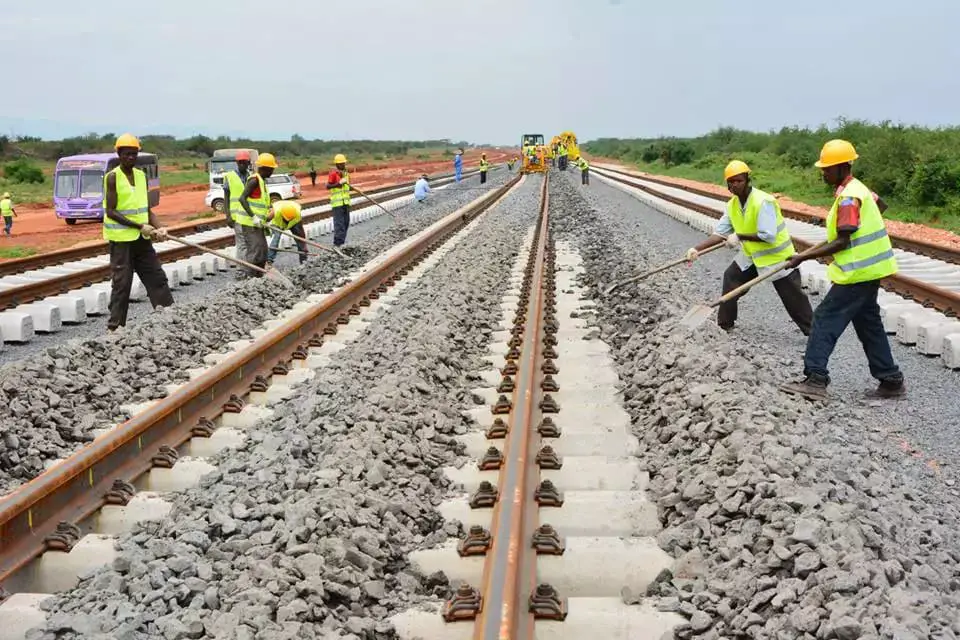South Africa is set to construct a standard gauge railway between Durban and Gauteng next to the current narrow gauge track.
The project is aimed at aiding in the transport of mainly double-stacked containers, as well as various other commodities. South Africa’s rail network is entirely narrow gauge – all 30 400 track kilometres – except for the Gautrain’s 80 km standard gauge network in Gauteng. Kenya, Ethiopia, Ghana and Nigeria recently completed construction of standard gauge railway lines.
Also Read:Phase 1 of Tanzania’s Standard Gauge Railway to begin operation
Standard gauge railway track
Early in 1881, South Africa opted for narrow gauge over standard gauge to reduce construction costs, while the track also allowed for tighter curves. In theory, to construct a standard gauge railway line is 6% to 10% more expensive than narrow gauge, De Charmoy’s studies indicate.
De Charmoy a masters student at the University of Pretoria however pointed out that options, such as replacing the narrow gauge track with a standard gauge track, or continuing with the current narrow gauge track as the only rail freight option would not produce the optimal long-term efficiency results for the corridor.
“Continuing as is would be cheapest, for example, but the corridor would reach capacity, with freight then shifting increasingly to road, adding significantly to pollution along the corridor,” said De Charmoy.
The Standard gauge, on the other hand, allows for higher axle loading, double stacking of containers, higher economies of scale, better economics, while it also has a significant research and development history behind it.

